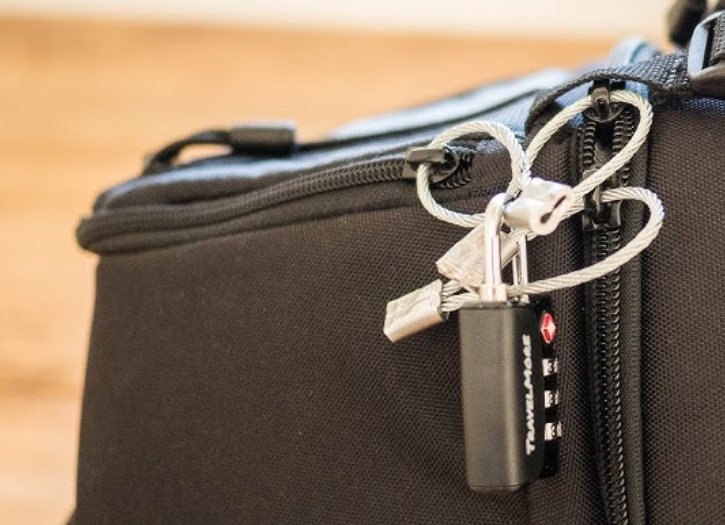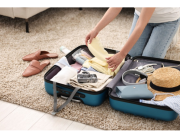Travel is the movement of people between distant geographical locations. Reasons for traveling include recreational, holidays, rejuvenation, tourism or vacationing, research travel, and so much more. Although there are different reasons for traveling, one thing remains the same: Luggage Security is a must-have.
The probability of having items stolen from your luggage is very low. But it does happen. Lost or pilfered bags or items can be quite serious for you, especially as you begin a long or important trip. Other discussions about luggage tags and printed itineraries help avoid misrouting. A few steps can help deter damage and thieves.
All bags passing through airports receive either electronic or manual security inspection, perhaps both. If you’re not sure about all the airports you’ll use, consult your agent or airline for details. All checked bags to/from or within the US receive electronic scanning at least once. This is also common within nearly all developed countries. As noted above, for the security/protection of the film:
• Electronic scanning of checked bags usually includes X-rays strong enough to reveal objects in relatively thick luggage. Those rays will ruin any unprocessed photographic film.
• Electronic scanning of carry-ons uses low-power, less damaging radiation. Unprocessed film may not be damaged by one or a few such scans. But repeated scanning may cause some fogging. Professional film photographers often pack film in pouches designed to protect it; when seen, the pouches often generate hand-checking, but most examiners have seen them before.
If any bag needs to be manually inspected, it must be opened. If locked by other than approved locks for that country (e.g., by TSA for the U.S.), inspectors must cut or break them (and perhaps the zipper-pulls they’re applied to) to get inside. If you will check hard-shelled luggage with “built-in” locks, consult the airline or your travel agent for usability.
• After manual inspection, bags are re-packed and re-secured by inspectors, with your lock, your luggage strap and/or a strong plastic tie joining the zipper-pulls, all so that later tampering becomes difficult. If so tied, you’ll need a knife, fingernail clippers, scissors or such to cut the tie after claiming the luggage. Put one in an outside pocket of a checked suitcase – the “rules” allow them there.
• You may see such ties as you claim your luggage. If contents were manually inspected, you’ll often see a paper inside to that effect when you first open the luggage.
You may also be directed to check one or more bags (that you expect to carry on) at the ticket counter, aircraft gate or as you step aboard. Reasons can include:
• You’ve over-packed one or more of them, or have too many. (On budget and some international airlines, this can involve a major fee.)
• Part of your journey is on a regional jet that lacks in-cabin space to store them properly. (May also involve a fee.)
• If, after you’ve boarded a full-sized plane, the cabin staff realizes that no more in-cabin space is available. They will then make the “dreaded announcement”…that those not yet seated must allow nearly all their carry-ons to be taken to the hold; they will receive special tags. This shouldn’t apply to carry-ons you can fit completely under the seat in front of you (if there is one).
Because carry-ons are much more likely to contain valuables, they are more subject to theft. You should lock them (or be ready to) any time after passing the personal security check. If not practicable, snugly applied luggage straps will generate complexity for thieves. You’ll usually see all checked luggage at the regular baggage claim; for smaller aircraft, you may have gate-checked carry-ons returned as you depart the aircraft.
Some travellers take extra precautions with checked bags…at non-trivial costs:
• To quickly locate their bags at luggage claim, they may fasten flashers/beepers to the outside that they can trigger with a device they carry.
• Others may place GPS tracking devices inside their luggage that indicate its location…helpful if lost or misrouted.







Add Comment
You must be logged in to post a comment.